Ok, so this isn’t easy. I’m trying to travel, work, spend time with people and write and it’s been difficult up till now. I know I have to start to schedule it much better. So I have already started writing the following ones. I’ll try to get them up during this weekend. I’m already in Barcelona, but in the meanwhile I’ve been through Lisbon until the 8th of April and then in Madrid until today. The next posts will have more of my thoughts in them and be less descriptive. Just keep in mind I’m doing this for the first time and learning as I go.
So let’s go back to the 5th of April. The following text is a mix between a text written by João Sousa and some of my own thoughts.
João Sousa took me on a walk through Lisbon, we went to places that aren’t much of touristic destinations but that somehow had some kind of interest, either regarding the architecture or city planning. He said that it’s man that occupies the city and creates spaces and places due to his use of those same places or his intent in using those places.
We started in St. António square, in Alvalade, where we saw a group of 4 buildings designed by Ruy d’Athouguia.
They all share the same aesthetic. João Sousa says these building distinguish themselves due to their volumetric form. After that we went to a neighbourhood designed by Ruy D’Athouguia, because even though it dates back to 1930 it already implements many contemporary ideas, like having a lot of green spaces with benches and spots where you can actually sit and remain comfortable. It wasn’t thought only as a place to go home and rest. It’s designed so that you can pass from each block and area to the contiguous one without having to go around, while enjoying the green spaces. The style remains very contemporary even if in some blocks you can perceive the passage of time. I enjoyed being there, because I think it somehow mimics the ideas of circulatory systems, and not only as a “dormitory”.
After spending sometime there we went to have a beer in a place called Casa de Pasto, and had a beer for .45 cents, which is really cheap. It’s a spot where many students go by night but I dunno if it was due to the beer or something I totally forgot to take a picture of it from the outside. We then saw the headquarters of Caixa Geral de Depósitos, the project dates back to the 80’s (but I think it somehow has many remnants of the dictatorship government that was in place before 1974). This building is huge, and you can see by looking at it many fascist traits. It’s designed to impress, you can see the supposed strength of this bank institution in every trait, in every corner of it. We were talking about it and we came to agree that architecture also has a very political role, although sometimes people seem unaware of it. It transmits ideas and this building is all about fascism, security and strength. We weren’t there for much time.
We then went to one of my favourite places in Lisbon. Calouste Gulbenkian headquarters, gardens and museum. This architectonic complex is made from the vision of several architects, once again Ruy d’Athouguia, Alberto Pessoa, Pedro Cid, Gonçalo Ribeiro Teles e António Viana Barreto. Even though it’s in the middle of the city it sets itself apart. I may say, without being wrong, that it has a very special aura, a feeling and a particular ambient. You feel it when you walk through the gardens, it’s fresh and they’re beautiful. Even the garage of the headquarters is beautiful. The passage of time instead of making it look old makes the buildings look more organic. It’s made of many individual parts that are placed throughout the gardens which makes it a pleasure to spend time there.
The last place of our walk was the Palace of Justice, by architects Januário Godinho and João Andresen (1962), it’s a magnificent building and it should represent justice, although I have an idea that somehow it’s rotten inside. I mean with so many corruption going on in Portugal it can’t be ok. And some people say it’s the same everywhere, but I don’t think that’s what we should be saying. Portugal is the country where I lived, where I grew up, where I became what I am and I love it in many ways (although some things annoy me in a very particular way). And we really have to ask if such cases, that have come clear, shouldn’t be having a different ending. Now, I understand that it’s a net with many ramifications hence the difficulty in bringing it to terms with Justice, because if some people fall, the remaining will as well, so we just live in a state of continuous hypocrisy, where so many people talk about how “wrong” it is, how “unfair”, how it shows how rotten our democratic system is and subsequently the branches that allow it to work, but in the end many of these voices are in it as well, so we remain in that state of inertia.
Thanks for reading!
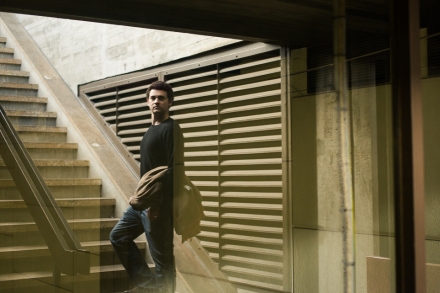
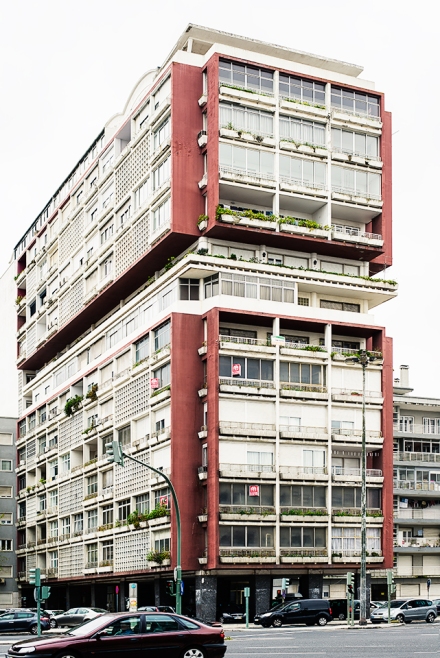
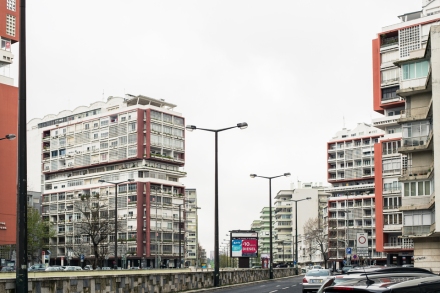
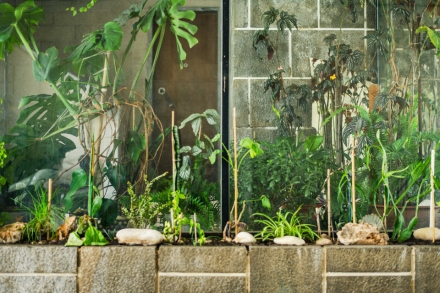
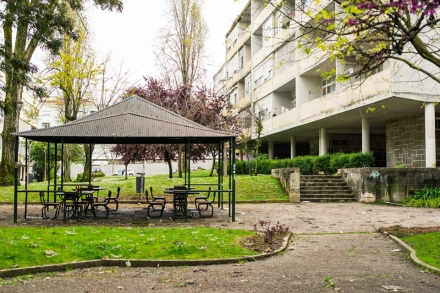
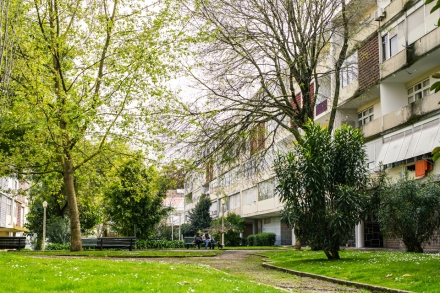

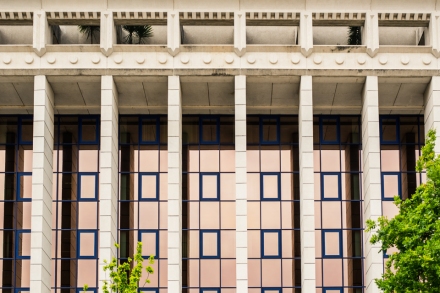
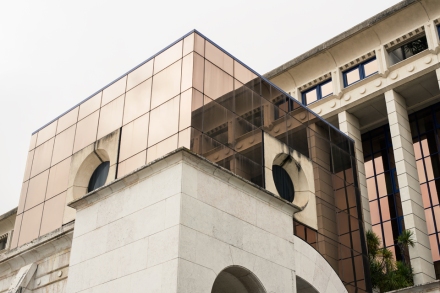
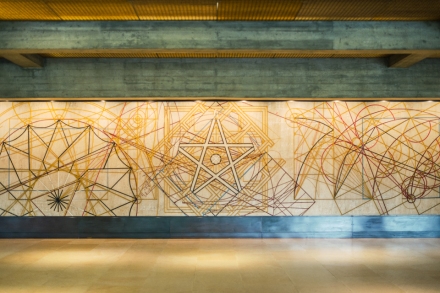
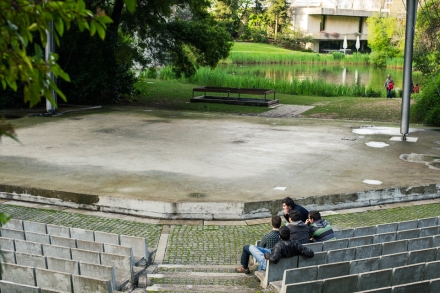
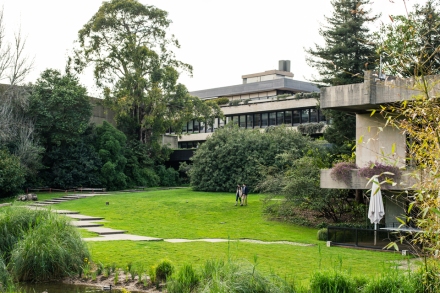
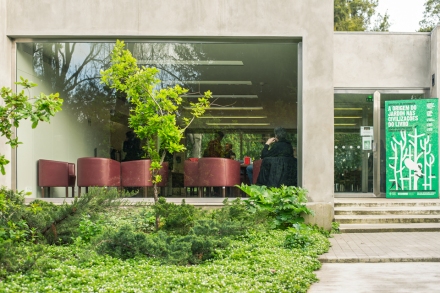
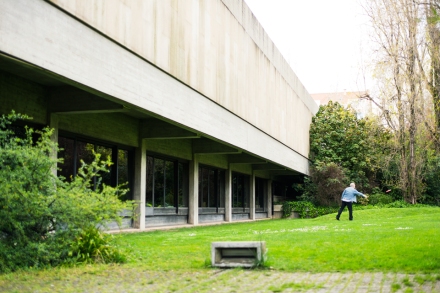
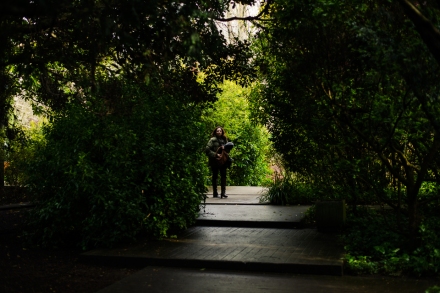
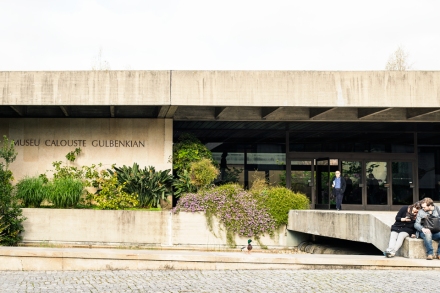
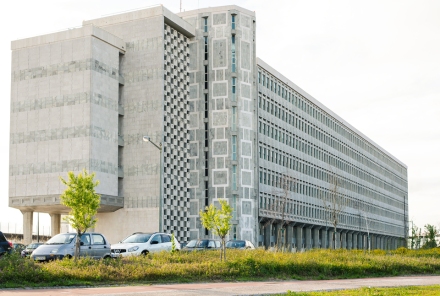
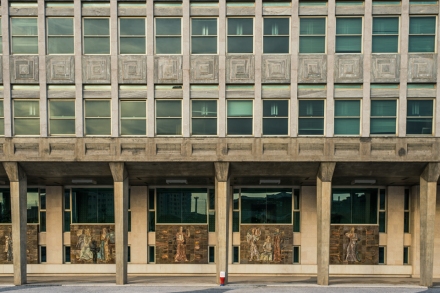
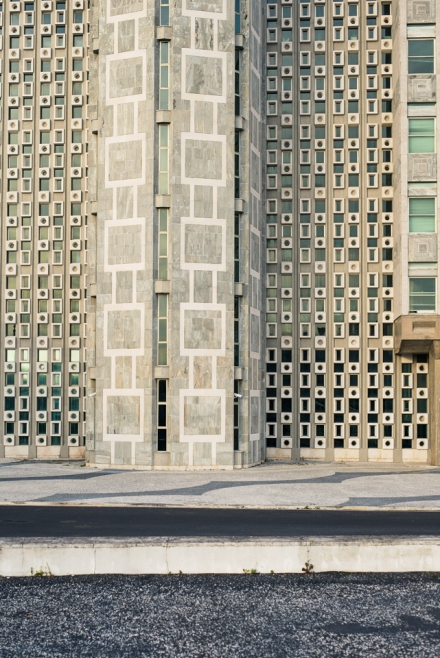
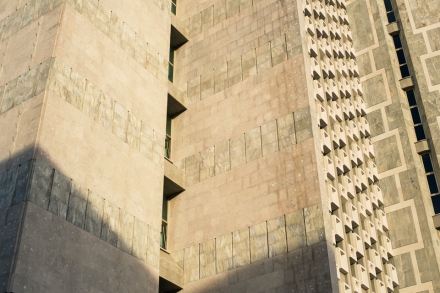
You must be logged in to post a comment.